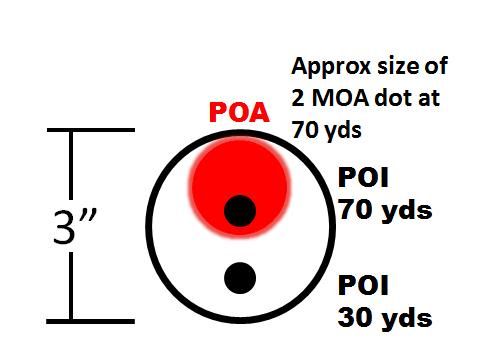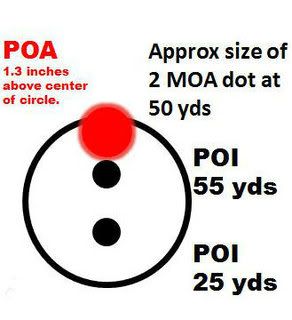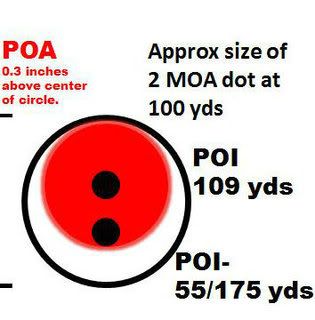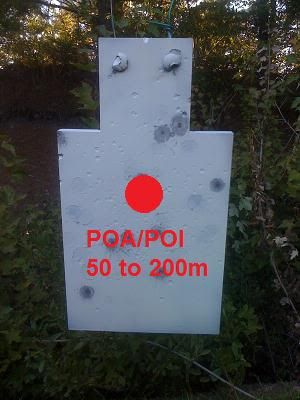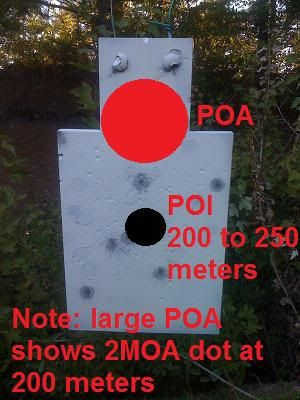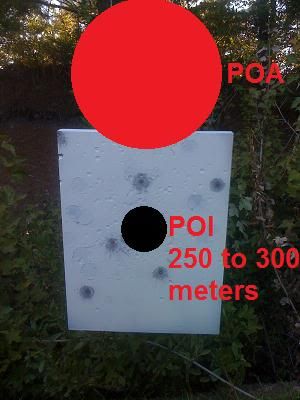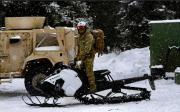For the past couple of years, I have gone to 50/200 for non-magnified optics and irons, and 100 for magnified optics. This is primarily due to my crappy eyesight. For a point and click interface and realistic CONUS engagement ranges, I really think 50/200 is ideal. For the record, Im a nobody other than a cake eating civilian.



 Reply With Quote
Reply With Quote

